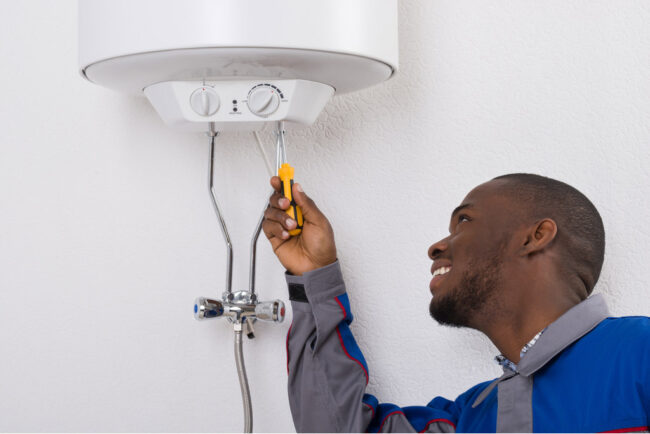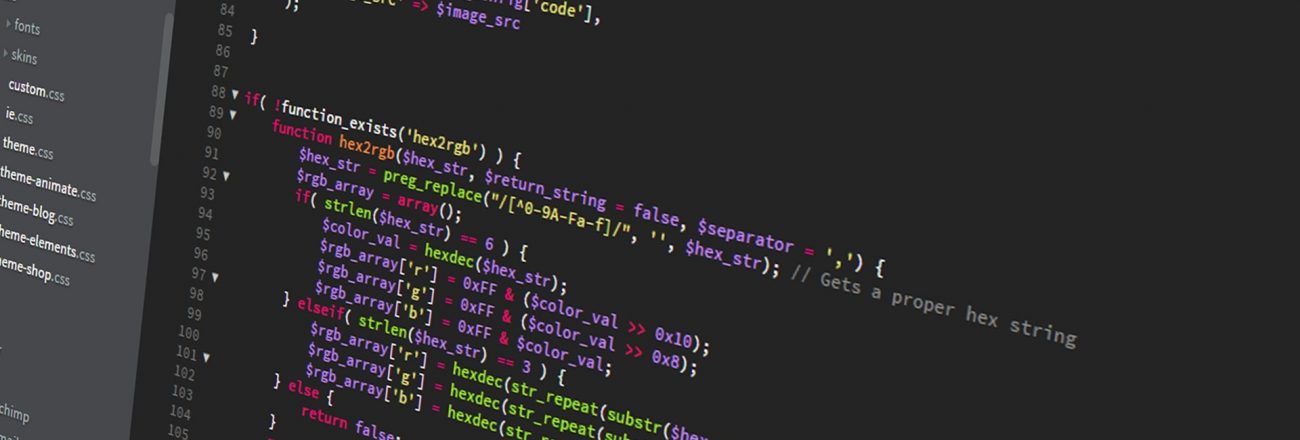Mastering Water Heater Settings for Cost Savings
Optimal Temperature Settings
When it comes to reducing energy bills, your water heater is a significant player in the game. Efficiently managing the settings of your water heater can lead to substantial savings over time. We’ll look into the art of adjusting your water heater settings to save money while still enjoying reliable hot water and common water heater problems.
One of the simplest yet most effective ways to save on water heating costs is by setting your water heater to the optimal temperature. The default temperature setting for most water heaters is around 140°F (60°C), but this can be unnecessarily high for many households. Lowering the temperature to 120°F (49°C) can save energy without sacrificing comfort.
This reduced temperature setting not only saves on heating costs but also reduces the risk of scalding accidents, making it a win-win adjustment for safety and economy.
Consider the typical daily routines in your household and schedule the water heater to heat water just before it’s needed. For example, you can set it to heat water early in the morning for showers and again in the evening for dishwashing. This way, you avoid the continuous heating of water throughout the day, which can be wasteful.

If you’re planning to be away from home for an extended period, don’t forget to utilize the vacation mode on your water heater if it has one. Activating this mode will keep the water at a lower temperature while you’re away, reducing energy consumption.
Additionally, it’s wise to turn off the water heater altogether if you’ll be gone for an extended time. This not only saves energy but also provides peace of mind knowing that your water heater isn’t running unnecessarily.
In addition to adjusting temperature settings and usage patterns, consider insulating your water heater and the surrounding pipes. Wrapping your water heater in an insulating blanket and insulating the hot water pipes can help maintain hot water temperatures for longer periods, reducing the need for constant reheating.
Lastly, don’t underestimate the power of regular maintenance. Sediment buildup in the tank can reduce efficiency, making your water heater work harder than necessary. Schedule an annual flush and inspection with a professional plumber to keep your water heater running efficiently and cost-effectively.
In conclusion, mastering your water heater settings is a smart way to save money while enjoying the comfort of hot water. By adjusting the temperature, using a timer, utilizing vacation mode, insulating your system, and performing regular maintenance, you can maximize your water heater’s efficiency and minimize your energy bills. It’s a small effort that can lead to significant savings in the long run.

